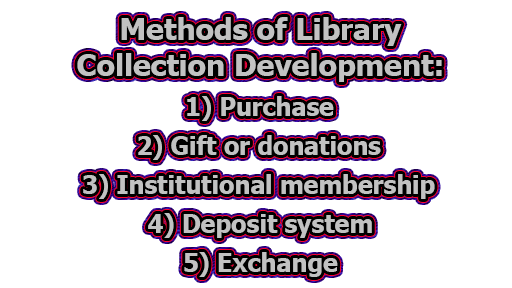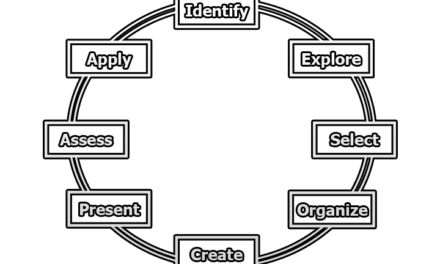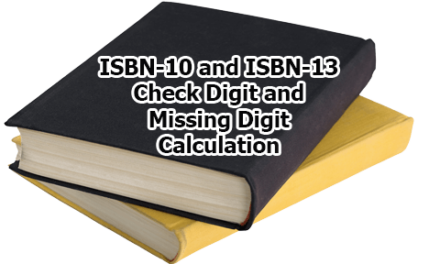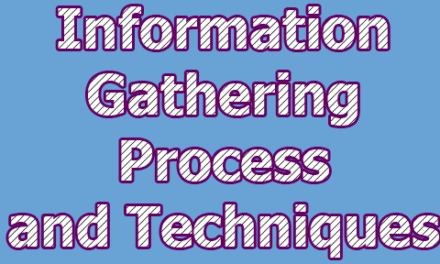Methods of Library Collection Development
“Library collection development is the process of planning and acquiring a balanced collection of library materials of many formats including Books, Periodicals, Online resource and other media” (Wikipedia). “Collection Development is the process of planning a stock acquisition program not simply to cater for immediate needs but to build a coherent and reliable collection over a number of years to meet the objective of the services” (Harrods librarian’s Glossary). “Library Collection is the sum total of library materials, books, manuscript, serials, government documents, pamphlets, catalogs, report recording, microfilm reels, microcards and microfiche, punched cards, computer tapes, etc. that make up the holding of a particular library” (Encyclopedia of library and information science). There are various methods of Library collection development which are as follows:
1) Purchase: It is the primary method of acquiring documents in a library. The library acquires most documents by directly purchasing them from the publishers or agents if there is no other way is open for the collection development.
2) Gift or donations: Gift is an important source of developing library collections. No library can afford to purchase all the reading materials needed or demanded by the users of the library. So up to some extent library rely on this method. Some publisher provides specimen copies of the documents to the library. These specimen copies come under the category of gift.
3) Institutional membership: The library may enlist itself as a member of learned societies and various institutions which publish useful materials often the membership subscription may cover the right to receive their publication either free of cost or at concessional prices.
4) Deposit system: It entitles some specially designated libraries to receive free copies of the publications brought out by the government, national and international organizations. There are many university libraries and state central libraries enjoying these benefits.
5) Exchange: Exchange is another important method of building up the library collection. Exchange of materials between libraries, learned societies, institutions, and government serve a number of purposes such as:
- Procurement of out-of-print and rare books that cannot be obtained from any other sources.
- Acquiring publications that are not for sale or not distributed in the usual book trade channels is particularly true in the case of foreign government documents and reports.
- Obtaining government publications on a regular basis.
- Using to best advantage the duplicates of the library as well as its own publications or those of the parent organization by offering them in return for publications not represented in the library’s collection.
It is thus a valuable source for filling up gaps in the collections. The exchange also promotes goodwill among the libraries, especially at the national level.
Collection Development Policy
It is the course of action adopted for developing the collection or stock in a library. A library can be an unwritten convention or a written document. The American Library Association Collection Development Committee when preparing “Guidelines for the formation of collection development policies” assumed that a written collection development policy for any library a desirable too which enables selectors to work with greater consistency towards defined goals, thus shaping stronger collection and using limited funds more wisely. A written collection development policy is more preferred to non – written policy. A collection Development policy consists of the following:
- Responsibility for selection: In the academic environment, the selection of library materials is a joint responsibility of the teaching faculty and the library professional staff. The primary responsibility for the coordination of the collection development process lies with the Collection Development Librarian. While recommendations from teaching faculty are welcomed and solicited, the library professional staff will carry the responsibility for ordering in areas not covered by faculty( e.g. reference, General, etc.) and/or remaining budget not yet encumbered, so as to achieve a balanced collection, and to make that the total allocated budget is encumbered. The ultimate responsibility for collection development direction and policy decision, including and quality of selections, rests with Library Director and under his or her direction with the Collection Development Librarian.
- Factor to consider the selection: In selecting materials for the library, factors to be considered are as follow:
-
- The procurement or time value of the material for interest, information, or enlighten.
- The accuracy of materials.
- The usefulness of the materials with aspect to each other material already in the collection.
- The probable usage of the material in the educational and research mission of the University/Institute.
- For serials priority for titles that are analyzed in standard indexing and/or abstracting services to which the library provide access, for support of subject areas with new degree programs, for deficiencies indicated by comparison studies with other universities and or for access to a title unavailable in the document delivery system when the title is to support a new degree program.
- Materials to be Acquired teaching and research programs of the university: The library, will acquire as far as to permit, all materials needed to support the teaching and research programs of the university/Institute. Due to the diversity, extent, and unique character of research endeavors, it did not financially feasible to build a collection comprehensive enough to support all research interests. Electronic database searching, networking, and Interlibrary Loans are among the alternative methods, which may be considered in providing access to research materials. A limited number of current Publication of Best Seller books. The majority of materials acquired will include monographs, sets, maps, journals, and other serials publications, newspapers, pamphlets, photos, reproduction, government documents, microfilms, archival materials m manuscripts, audiovisual materials, and other items commonly included as part of the library resources, except for special textbooks and juvenile collections, the library will not normally purchase materials to be used solely for classroom instruction such as cliff notes, study guides, etc.
- Budgetary Considerations: Budget allocation is not made especially for departments independent of the library. The procedure followed in allocating funds to the various subject areas may be based on a formula with factors, such as the number of students enrolled at various levels, number of courses. Offered in each discipline during a particular semester, circulation records, and average price of books in each discipline were considered. A copy of the formula for monograph allocation is available at the Collection Development office. Exceptions are made for subject areas where there are extra funds available through special line item accounts.
- Format: All books will be ordered in whatever format is requested by Librarians/ Faculty members. In case the format is not identified, books will be ordered in hard copy. If the requested format is not available, whatever available format will be ordered in hard copy, unless it is specified otherwise by the librarian.

Library Lecturer at Nurul Amin Degree College










